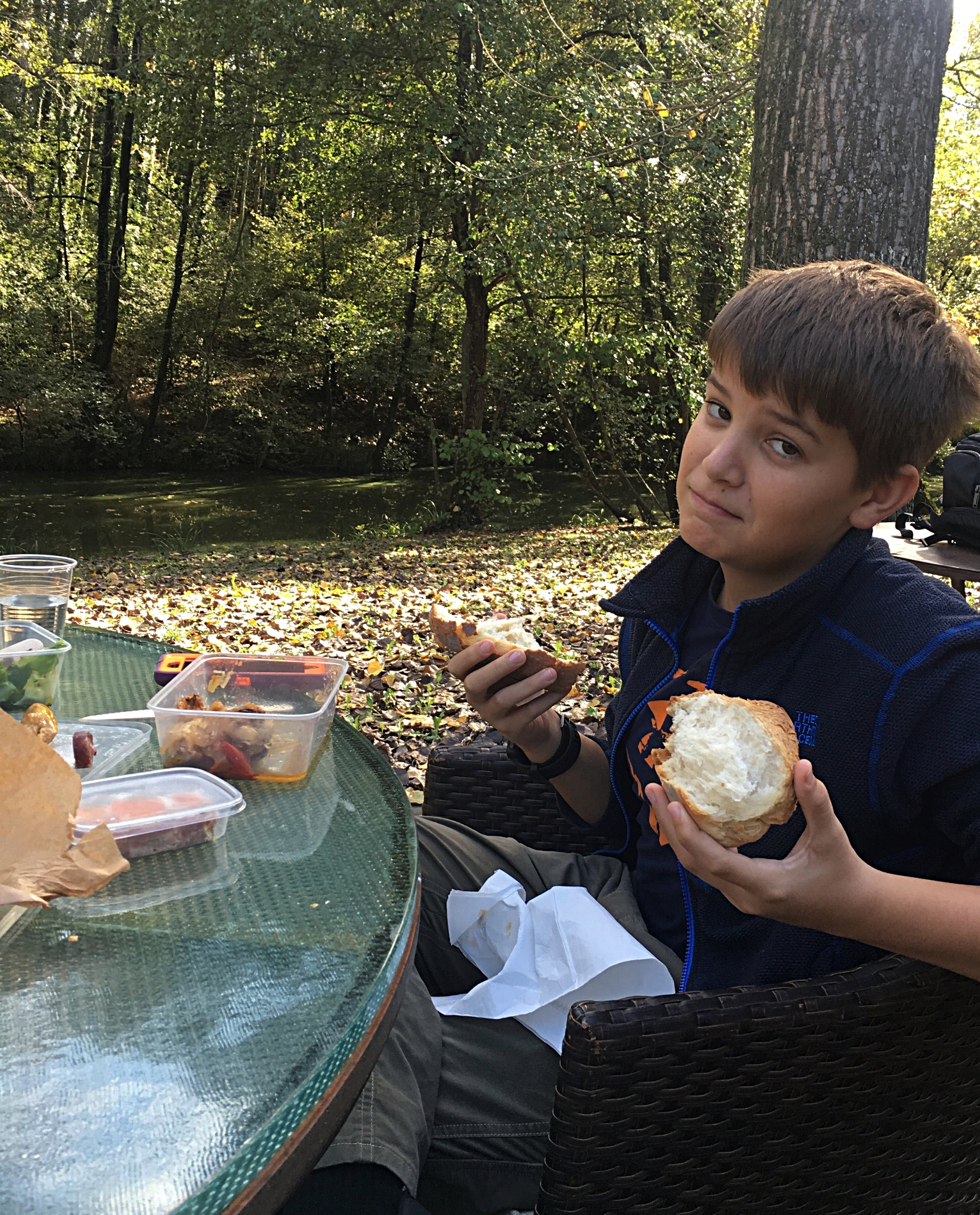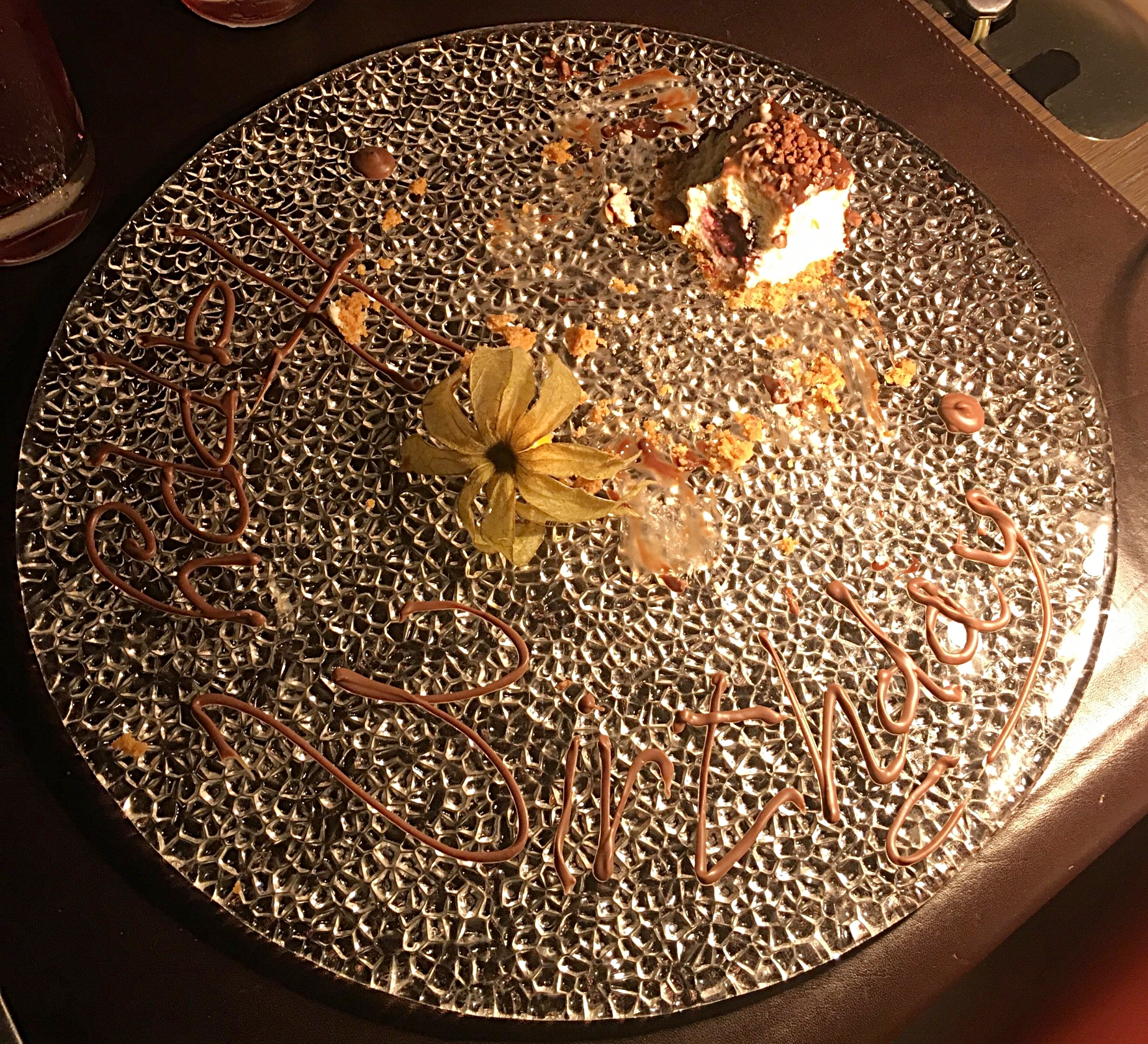What they say about Scotland is true…if you don’t like the weather, wait 5 minutes, it will change. We saw the weather evolve in series-- sun, then rain, then back. What we did not expect was parallel weather patterns! At one point on the road between Inverness and Perth we had sun, rain, wind and fog all at once with intense rainbows. We were just missing sleet and snow. Speaking of driving in Scotland…Look right, drive left and give way at the ‘round-a-bout, I keep telling myself! I thought we would save a couple of pounds and rent a car with a manual transmission—not a disaster, but I find myself busier than I want to be, driving on the wrong side of the road and fumbling with the door handle where I expect the gear shift to be. We tried crew resource management (CRM) like we are taught in Airline Transport Pilot school, but John only liked to shift gears in calm settings…not as useful to me :). As we wound through the Highlands, I was reminded about a former competitor relentlessly! As many of you know, the naming policy for Rolls Royce jet engines is/was famous landmark rivers in the UK. We crossed the Tay, the Spey and the Avon, only missing the Trent (ignoring their inexplicable departure from their own naming convention for the RB211, Dart, Olympus and Merlin models).
We stayed in a small hotel on the River Ness in Inverness and enjoyed a deep dose of Jacobite Rebellion history on the Moores of Culloden. Poorly prepared, at 2/3 strength and exhausted from a failed night ambush attempt, long march and literally bogged down in the field, the Jacobite Highlanders were no match for the light and heavy cavalry and disciplined musket fire from the King’s own troops. It was the beginning of the end of that particular round for Scottish Independence, and it was the last land battle on British soil. John and I tried to tour The Glenlivet Distillery the next day, but they said no children allowed, even as I declared we were on an important school science project and a distillery tour was required by our special curriculum, as approved by the Commonwealth of KY! But alas, company policy prevailed and we were turned away.
Still barely in the Highlands, we met a dear friend and local business magnate and his family for lunch. John got along famously with the Laird’s three daughters and I enjoyed talking business and sharing family stories. John is still smarting from his defeat in air hockey.
A touring day was next-- Deanston distillery (children allowed, but no tasting, only smelling!), the William Wallace Monument and Stirling castle. As I type this, John is writing an essay on the process for making single malt whisky. I learned that scotch is rubbish and a good single malt whisky is like a fine wine…new critical terminology, good to know !
If you’ve seen the movie “Braveheart” you know much of the story of William Wallace and his fight for freedom of Scotland. The monument was built where it is thought he and his men camped on the summit of Abbey Craig. A craig is a sort of “intrusion” of high ground into a valley, with flat land, or gentle grade behind it…and this one has a commanding view of the valley and the River Forth. Good choice of ground and splendid timing of attack ensured victory for the Scots at the Battle of Stirling Bridge in 1297. We made our way to Stirling Castle, where Scottish Kings and Queens were crowned and educated over the centuries. Castles are not built…they evolve, as our guide said-- this strategic craig was probably fortified in the 9th or 10th century. And it was transformed into its own factory/city over centuries, with outer defenses, mid defenses, inner defenses, keeps, chapels, royal residences, banquet halls added as money and peaceful times allowed.
John the Scot guide was an absolute trip- quick wit and full of historical tales (some of them true). He treated John like a young adult. John wanted to be sure that we tipped him well, so he pulled out a 20 pound note from his own wallet at the end to show me his intentions. John said if we come back, he would like to see John the Scot again. Bravo, young John.
So much for Scottish History…back to pre-algebra, reading and writing. Although, trust me, you can only spend so much time on the distributive property. John is finding his stride in this business of travel and meeting of people. Relationships can last a lifetime if you want them to.








































































